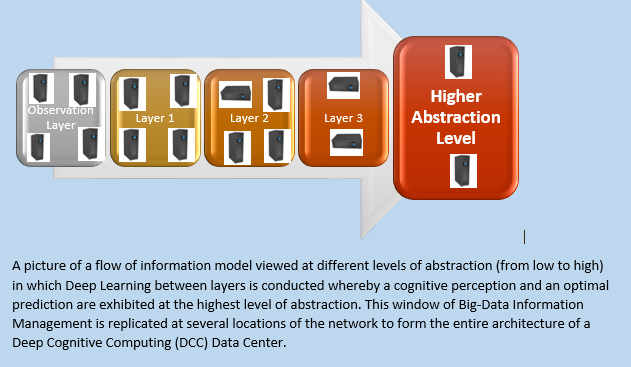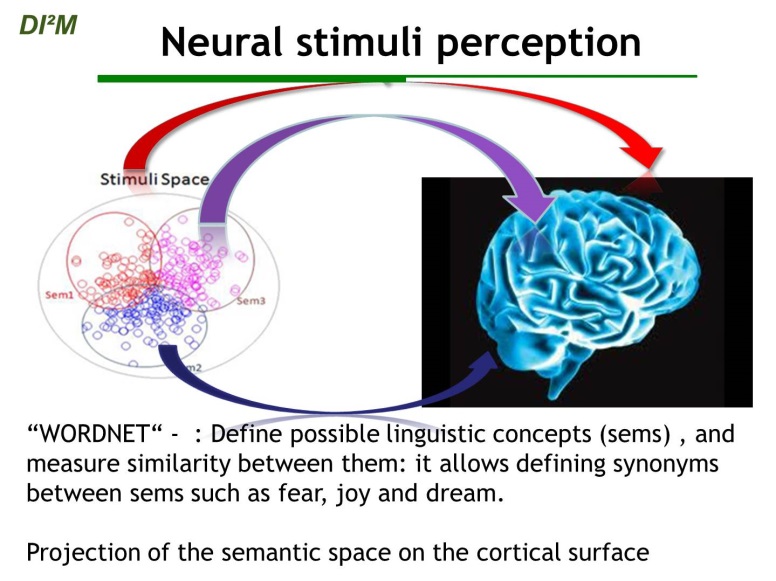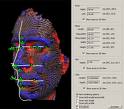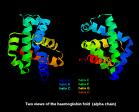Current Applications and Platforms under Development:
Core-rock Characterization using CT-Scan Imaging
The analysis of reservoir core-rock characteristics is vital in the oil industry. It has a significant impact on all decisions related to the execution of hydrocarbon exploration.
The study of the physical and chemical properties of rocks and their contained fluids (known as petro-physics) provides gaining insight into the life of an oil well. The main petro-physical characteristics of reservoir rocks are: (i) lithology (grain size, composition and texture) (ii) porosity, (iii) permeability, (iv) fluid saturations and pressures, and (v) effective atomic number. Our mission consists of extracting these various features using state of the arts deep machine learning paradigms. A Windows computer platform that offers these capabilities will be supplied to our industrial partner Sonatrach.

Identification of Conterfeit Bills using Turing Learning
The mission in this project consists of identifying counterfeit bills from genuine bills using Turing Learning (TL) approach. This paradigm exhibits a system identification method for inferring the behavior of natural or artificial systems. Our focus in this application is to learn the peculiarities embedded in this forgery and act upon it through classification (or discrimination). This CB (Counterfeit Bills) platform is currently being developped using Python programming language (TensorFlow Library).
Counterfeit money is a major scourge whose goal is to imitate currency produced without the legal sanction of the state or government.

Intelligent Big-Data Management
Today, the emergence of big-data (structured or unstructured) and the infrastructure complexity are becoming a huge challenge that need to be overcome. The continuous interaction (update, storage, retrieval, dissemination) with an information system entity needs to be subject to a paradigm shift; it requires novel robust mechanisms, and secure procedures that should exhibit intelligent functions capable of self-learning and predicting new events. Applications and hardware platforms are more critical than they have never been. The short coming future forsees many other novel compelling applications that will still be embedded with hurdles.
To live up to these challenges, one has to prepare for them by rethinking the design of the whole information system (Data Center) through the eyes of Deep Cognitive Computing (DCC).
I believe that Deep Machine Learning (DML) represents a new generation of a reliable approach of Data Science that has to be adopted in order to face the complexity of a an information system management. Intelligent big-data analysis (capable of conducting real-time distributed computations optimally) is needed to provide full training resources to this approach.
For these reasons, we are inviting contributions in the following special issue titled “Deep Learning for Intelligent Big-Data Management” managed by Elsevier journal: Cognitive Systems Research.

Intelligent Data Center Architecture
A Sample of Some Applications Developed in Various Platforms
Brain Machine Interface


Age Invariant Face Recognition

“FACE-MORPHOTRANS”: A program based on topological and structural HMM’s that is capable to extract facial features that are more affected by growth and aging for prediction as well as invariant features that are less sensitive to aging for human identification.

“BIOSTRUCT”: A face recognition system that uses a structural hidden Markov model. It has been implemented in MATLAB and run on the FERET, GeorgiaTech and AT&T databases.
Classification of Amino-Acids into Protein Folds
“PROTCLASS”: Software that performs a classification of amino-acid sequences into 3D protein folds.
Computer Vision
“HELPCOP”: A program that is capable to identify frames of a video sequence that contain highway patrol troopers in difficult situations.
Kansei-Engineering
“PREDICAR”: Software that helps design engineers to predict customer’s preferences in automotive industry
Galaxy Classification
“GALILEO”: A graphical user-interface captures an image of a galaxy from the Sloan Digital Sky Survey (SDSS), extracts features from this image and classifies the galaxy using Galois Lattice theory. It also performs a browsing of the sky, extracts learning rules and provides an inventory of the galactic system. (http://www.redplanet5.net/galileo)
Documents Retrieval
“NEXTWEB”: A web-crawler that embeds a lexical database WordNet in order to capture semantic relationships between words.
Handwriting Recognition
PROZE (PROfiles, Zoning using Exterior Contour): Recognition of Single Digit Images
FNM (Firm Names Matcher): Matching names of companies in a handwritten mailpiece.
ZPP (Zipdecode Post Processing): Recognition of US ZIPCODES made of sequences of 5 digit images.






